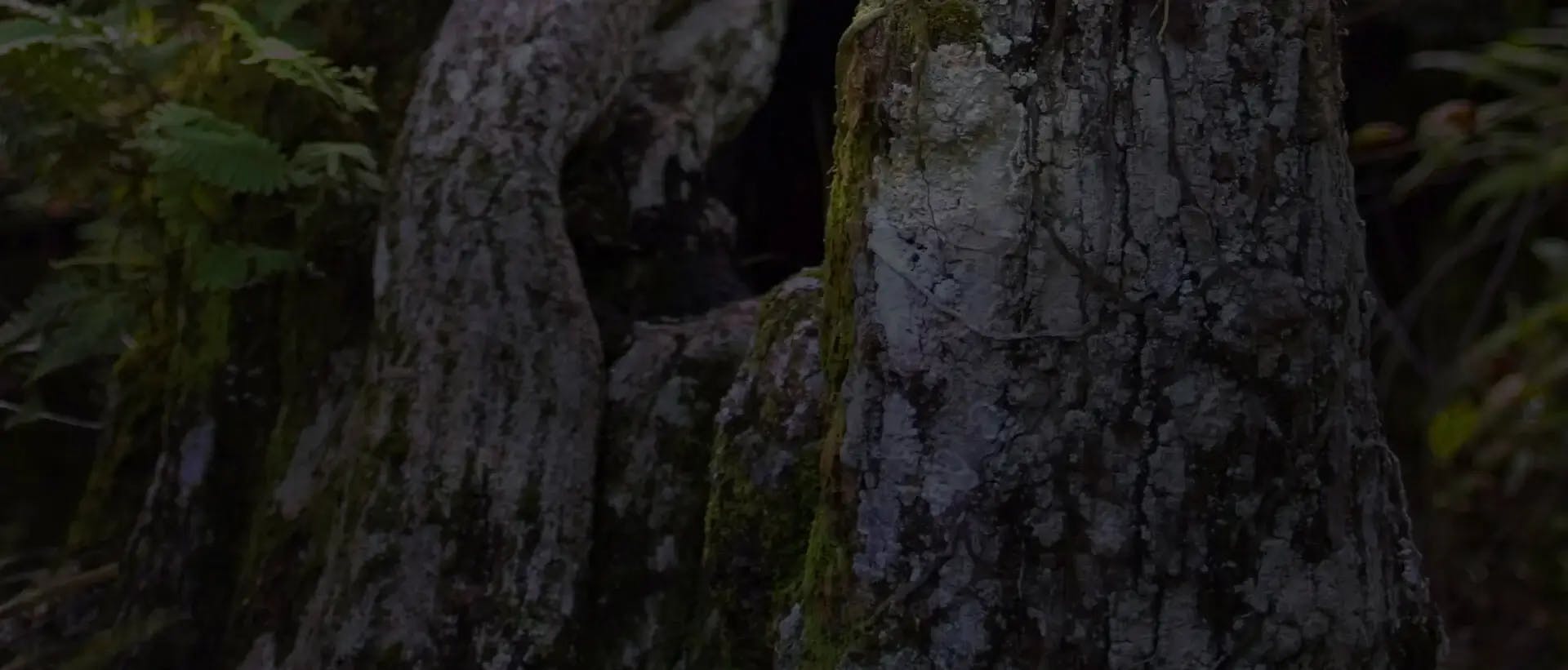
Spathoglottis
(pronounced: spath-oh-GLOT-tiss)
Classification
Arethuseae subtribe Bletiinae
Etymology
From the Greek spatha, meaning broad, and glotta, meaning tongue, referring to the broad midlobe found in some species.
Distribution
A genus of about 30 species from northeast India to the islands of the Pacific Orcean.
Care and Culture Card
See basic growing conditions and care information below.
Grow plants of Spathoglottis in pots of terrestrial mixture or artifical soil mixture. Provide bright light levels and intermediate to warm temperatures. Only a few species, such as S. ixioides, are high elevation species requiring cool temperatures. Provide regular watering throughout the year to evergreen species and withhold water after flowering to deciduous species.
Literature
Cribb, P. J. and C. Z. Tang 1981. Spathoglottis (Orchidaceae) in Australia and the pacific islands. Kew Bull. 36:721-729. Green, T. 2001. Antique’s giant Spathoglottis. Orchid Digest 65(2):88-90. Howcroft, N. H. S. 1986. The taxonomy of Spathoglottis Blume. Orchadian 8(7):139-150. Lawie, P. 1995. Spathoglottis paulinae in the Russell River Valley. Australian Orchid Rev. 60(3):43-44. Quisumbing, E. 1948. The genus Spathoglottis of the Philippines. Philippine Orchid Rev. 1:49 (reprinted in Bull. Pacific Orchid Soc. Hawaii 6:45-51. 1948). Senghas, K. 1996. Spathoglottis plicata Bl. 1825. Die Orchidee 47(4): Orchideenkartei seite 833-834.

FREE ACCESS: Orchid DealWire
Get notified when orchid vendors have special promotions and exclusive savings.






